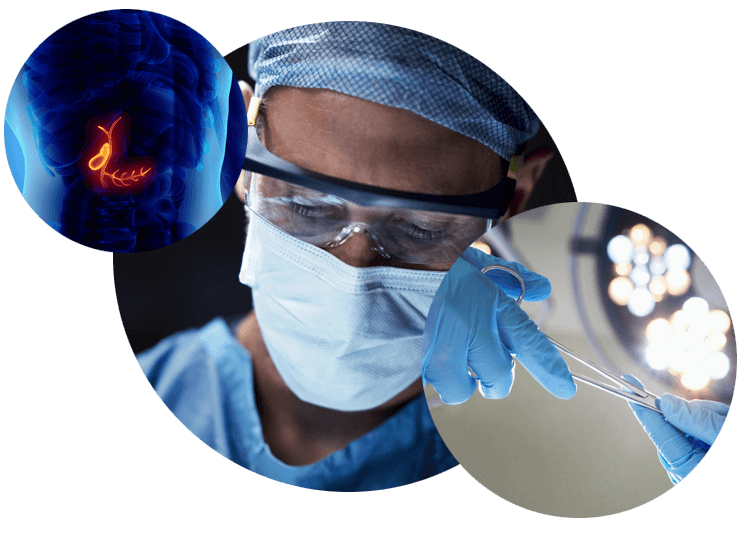Lymph Node Biopsy
How is a Lymph Node Biopsy Performed?
There are three different methods of performing a lymph node biopsy. The purpose of a lymph node biopsy is to collect a tissue sample to send to a pathology lab for testing.
Open Biopsy
During an open biopsy, the surgeon removes all or part of the lymph node through a small incision in the skin. The wound is sutured closed and bandaged. This procedure takes up to 45 minutes. The is generally done as a day case in a hospital under general anesthetics.
Fine Needle Biopsy
During a needle biopsy, the surgeon cleans the site and a fine needle is inserted into the lymph node to collect a sample of cells and then the site is bandaged. The procedure usually takes about 5-10 minutes in the office. Local anesthetics is usually not required.
Sentinel Biopsy
This type of biopsy is used if you have been diagnosed with cancer. Its purpose is to determine where the cancer might have spread. Radiologist injects dye into the area near the cancer 1-2 hours before the procedure. Sentinel nodes are close to the cancer site and the dye shows whether the cancer is draining into these nodes. The surgeon will remove one or more of these nodes and send it to pathology to test for cancer cells. This is generally done under general anesthetics in a hospital setting.
What to Expect After a Lymph Node Biopsy
After a lymph node biopsy:
- You should keep the wound clean and dry as it heals.
- Avoid strenuous activity that might put pressure on the wound.
- Tell your doctor right away if you notice symptoms of infection such as fever, chills, redness, pain or discharge from the biopsy site.
Possible Complications
The most common risk factors include:
- Infection of the biopsy site.
- Numbness if the biopsy occurred close to a nerve (usually temporary).
- Tenderness around the biopsy site.
- Lymphoedema, a condition that causes swelling in the area.

